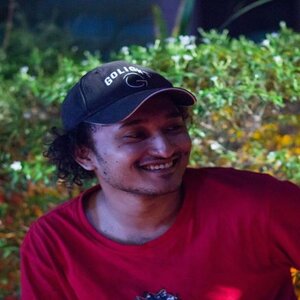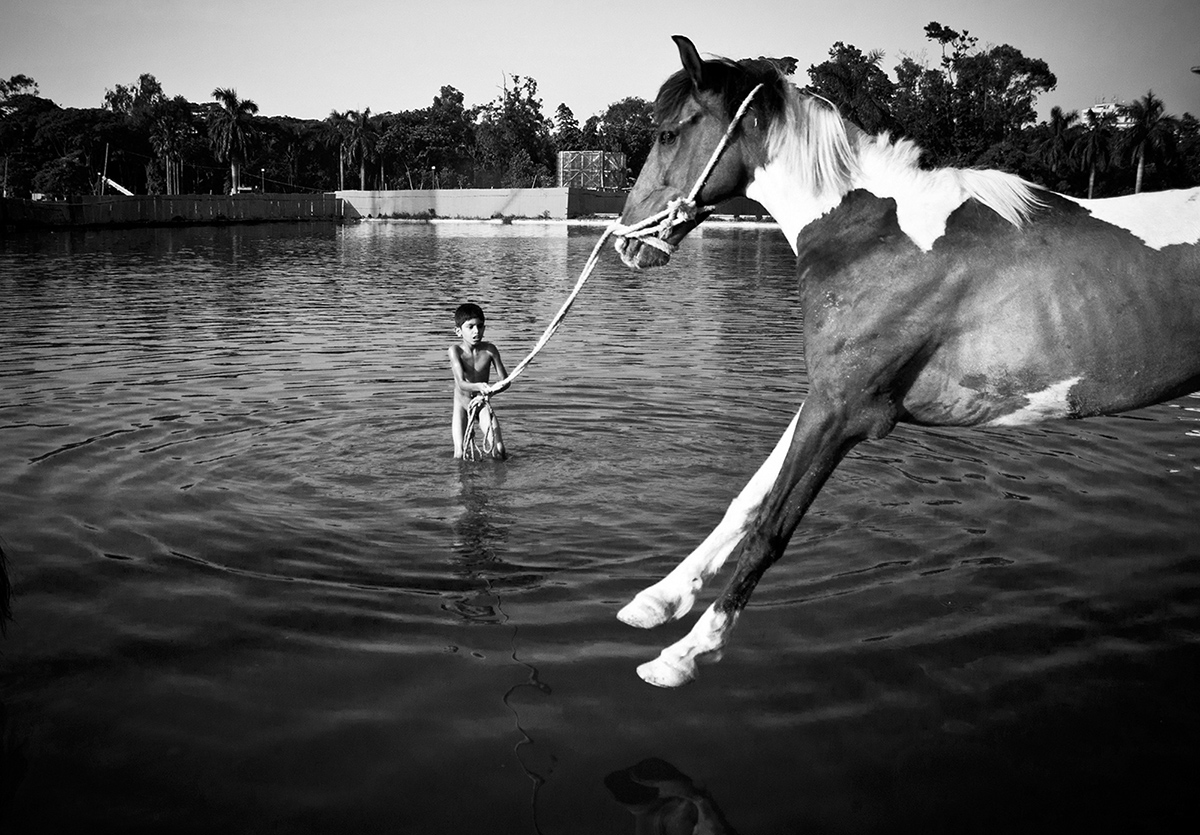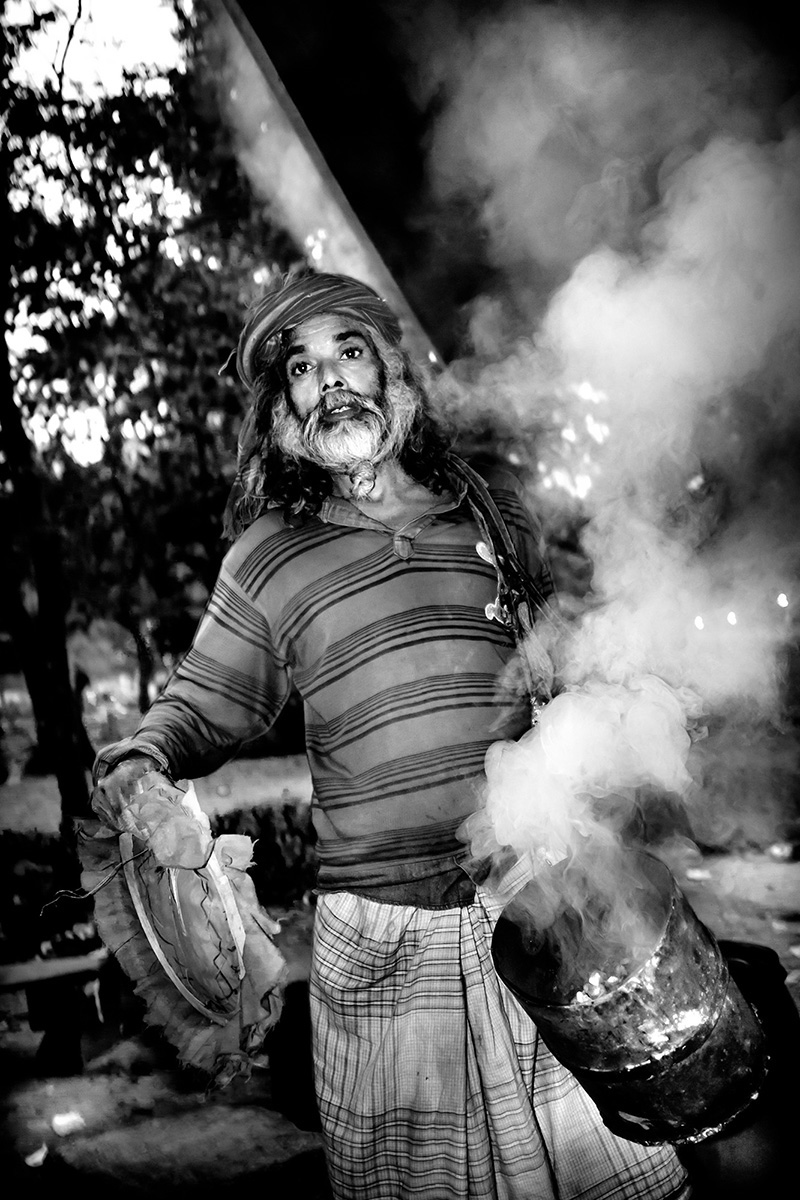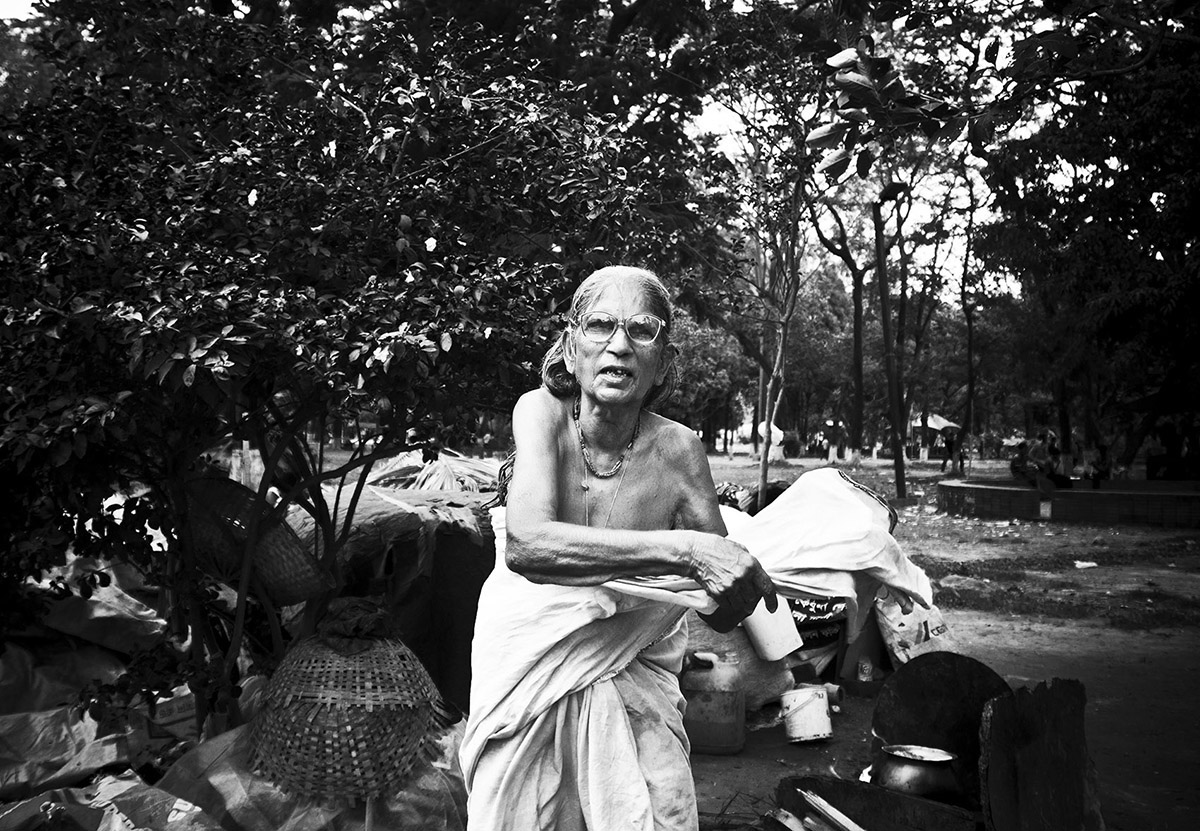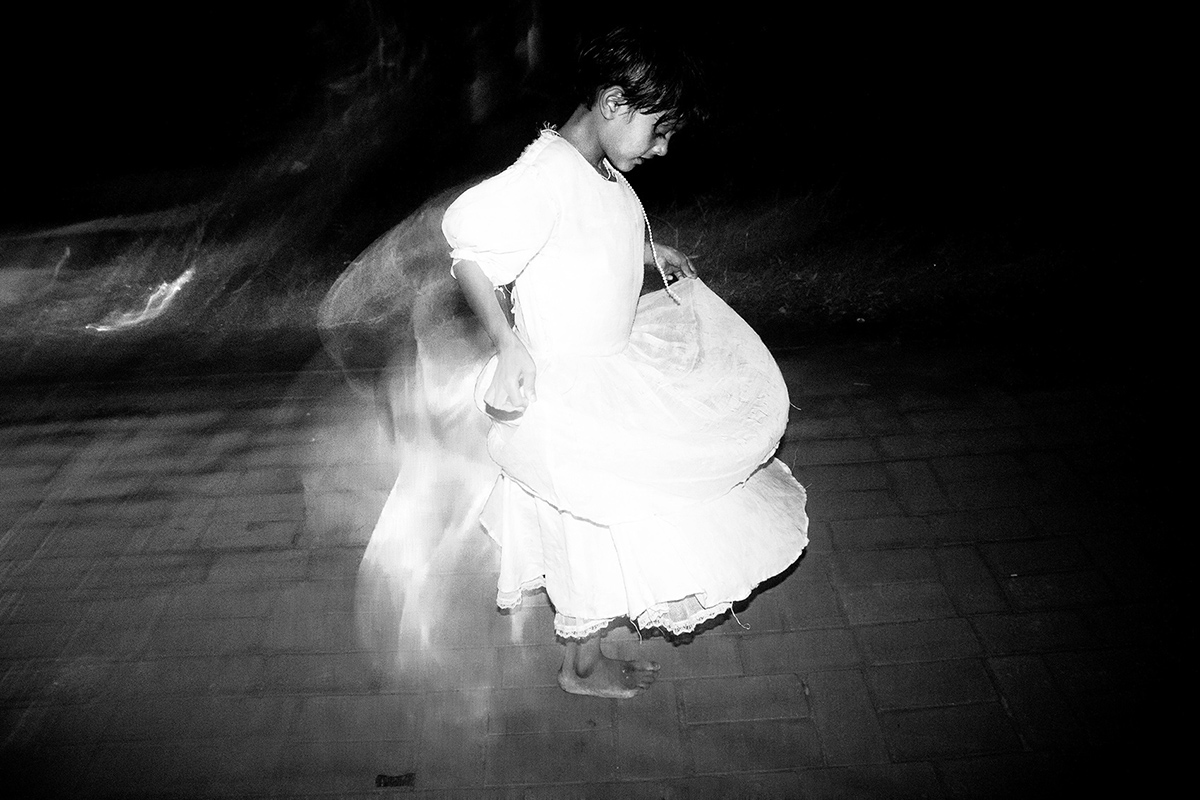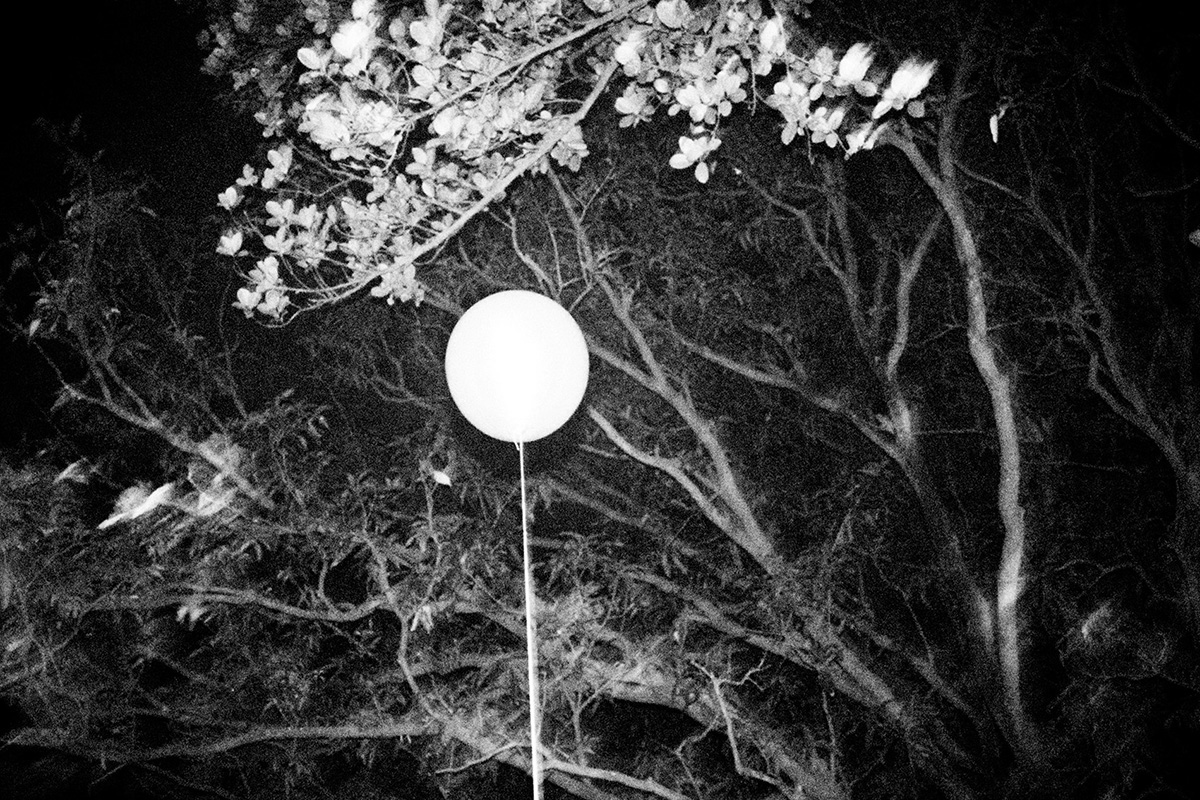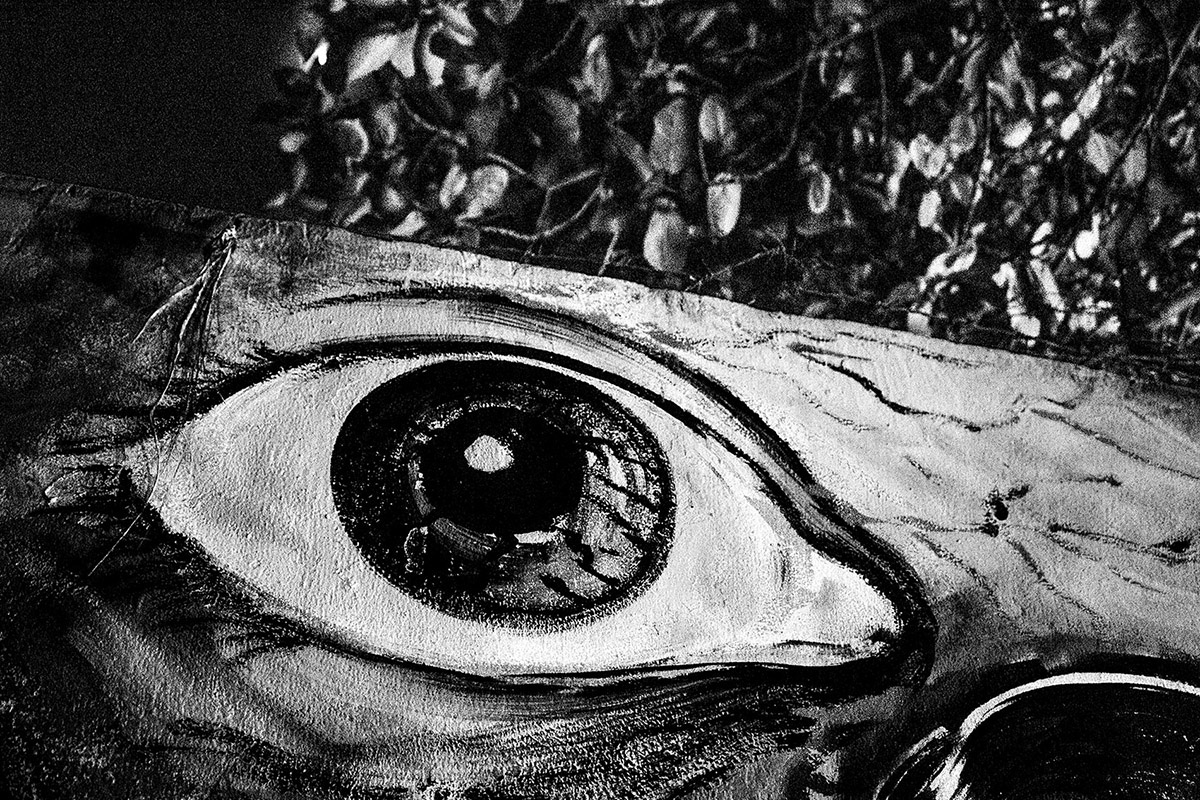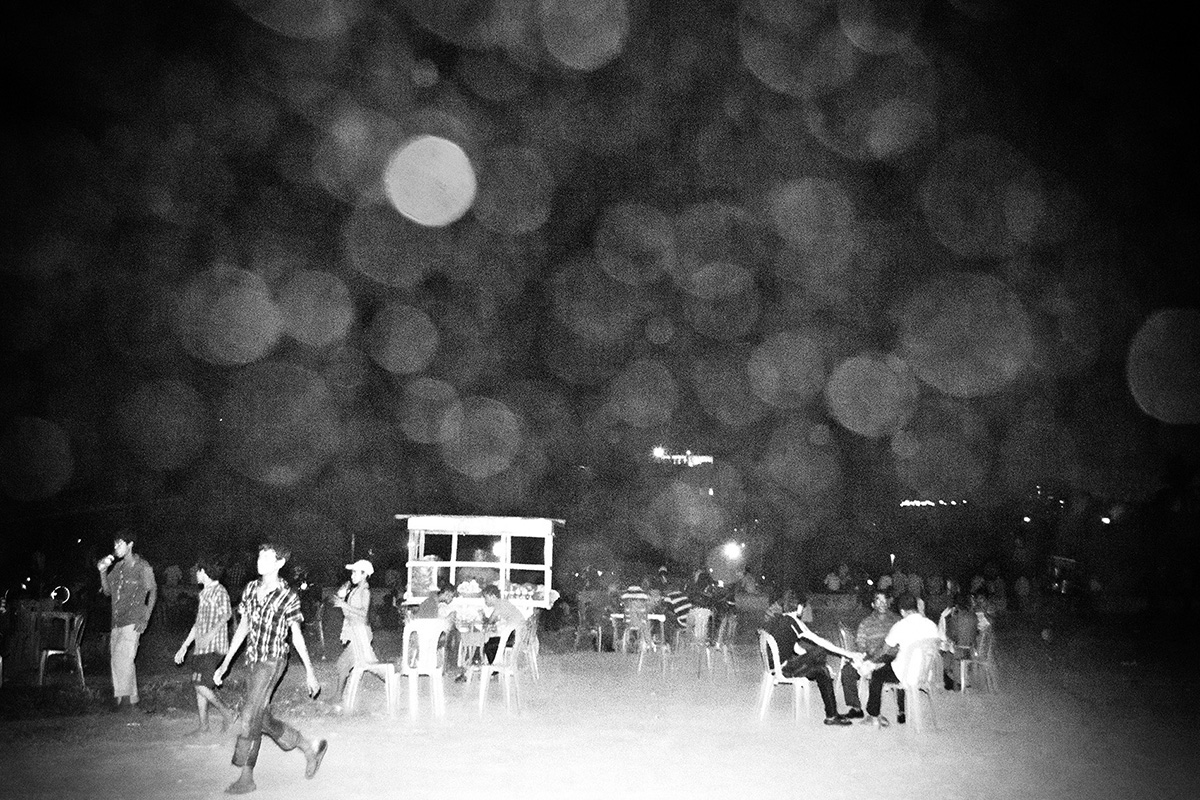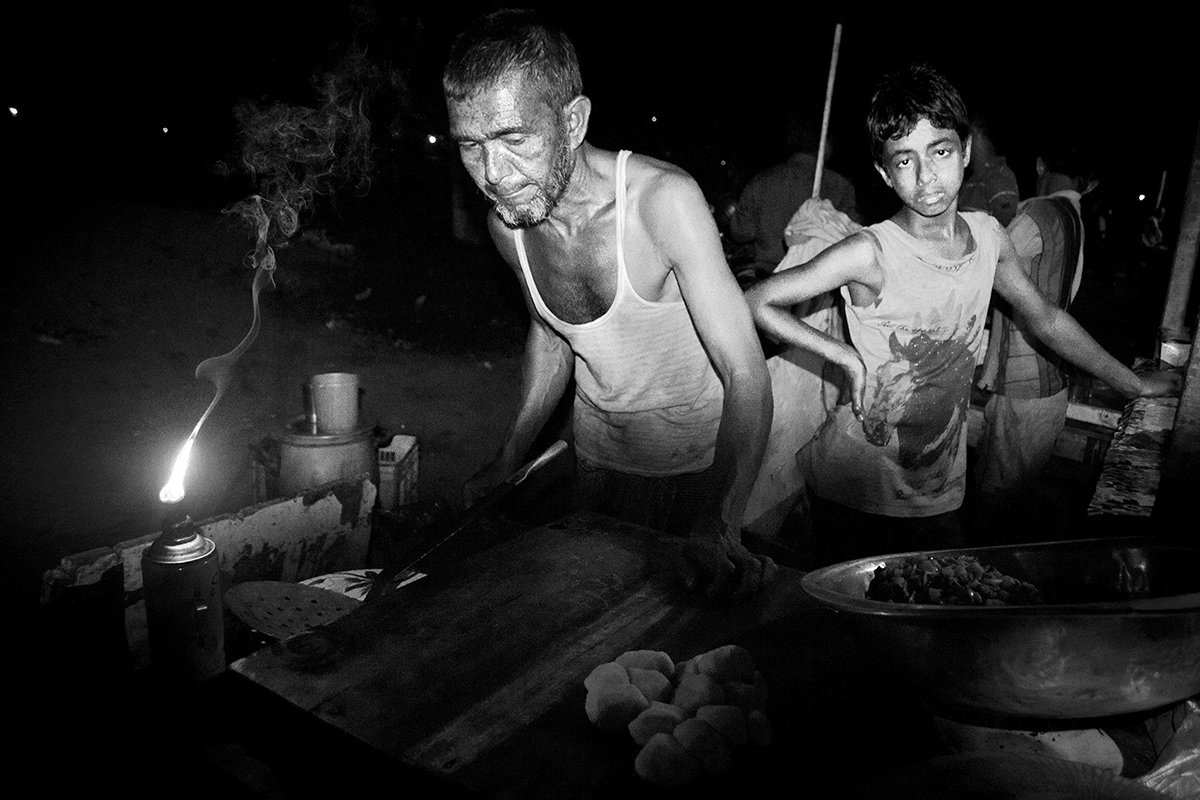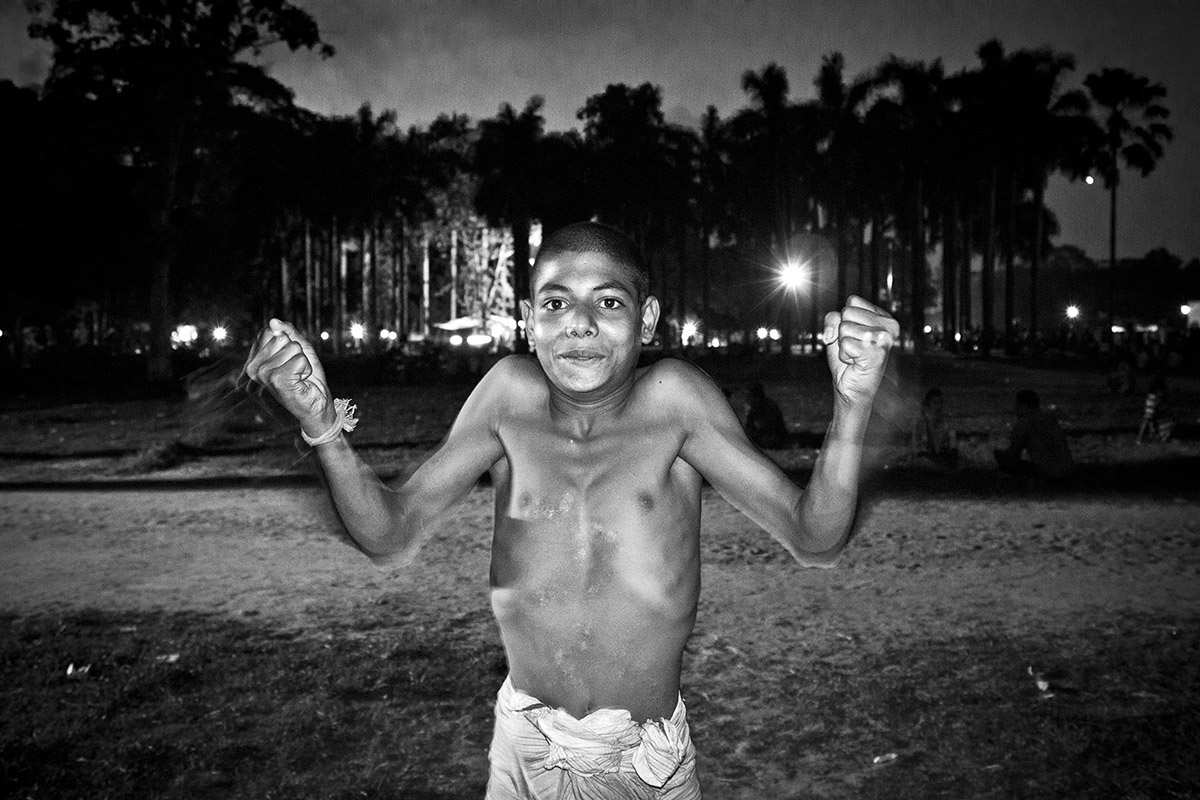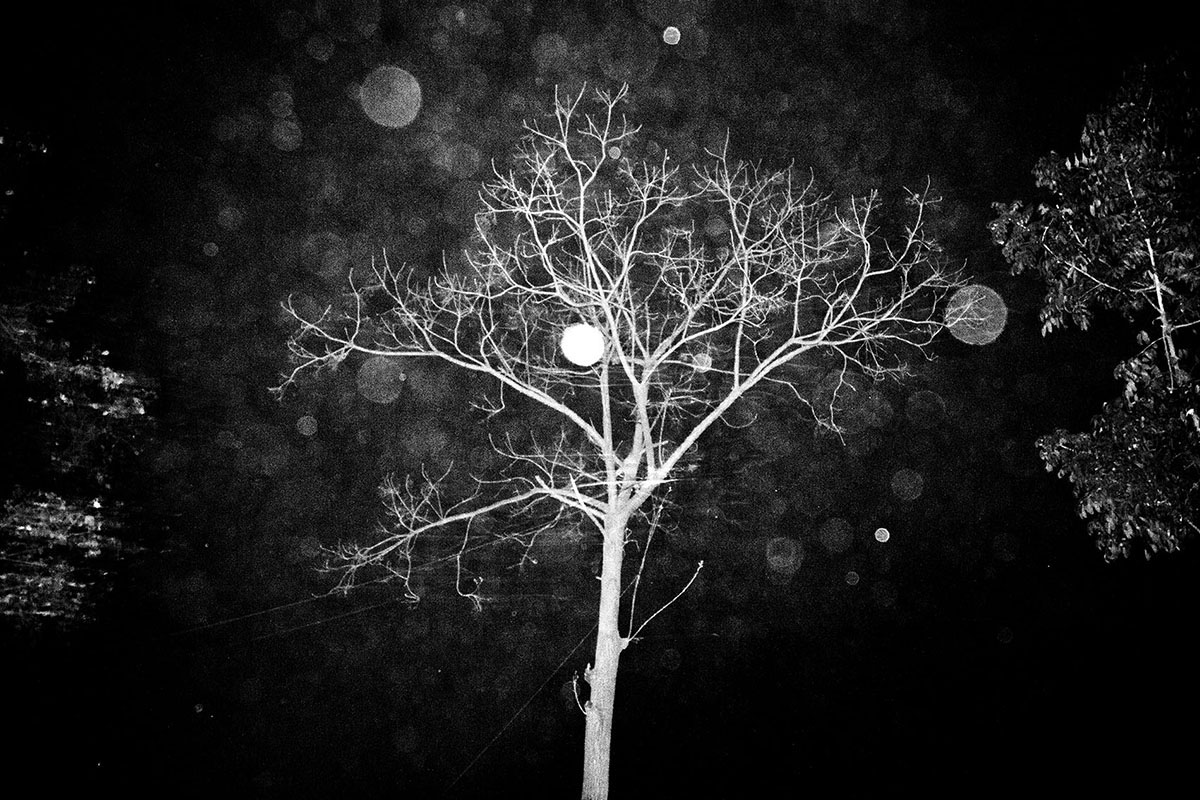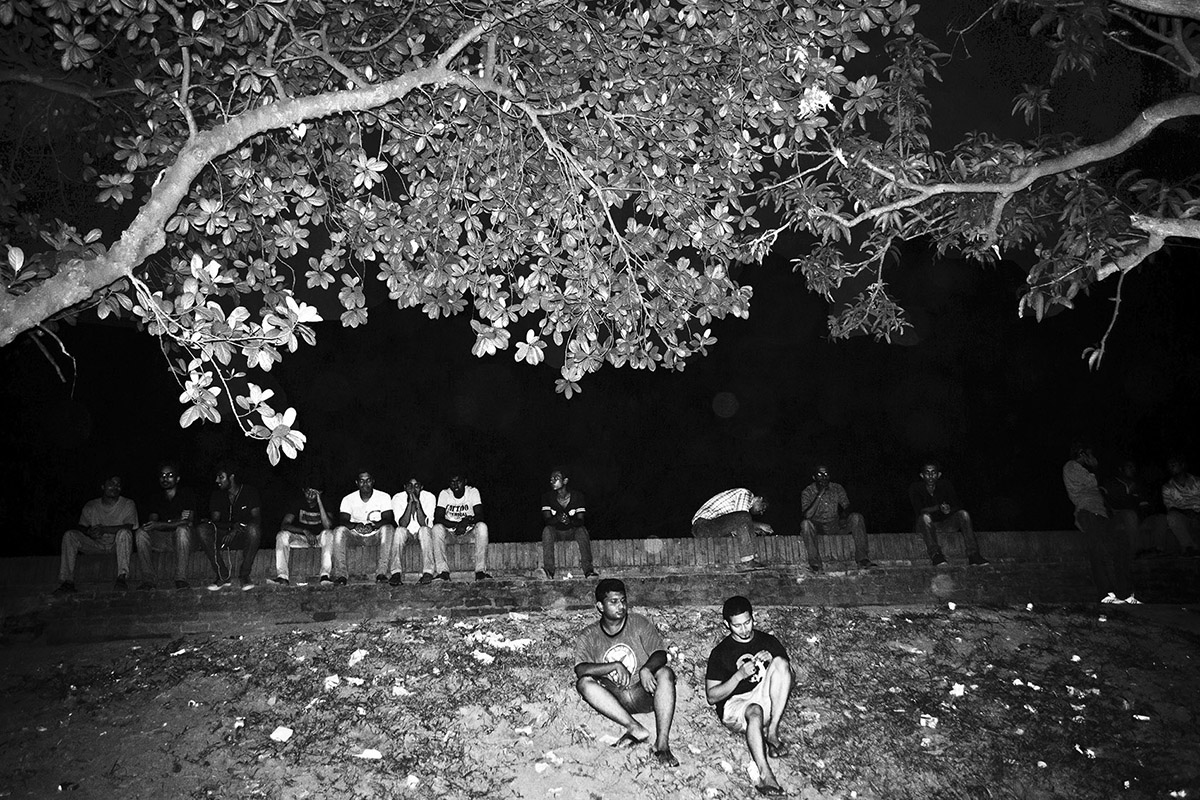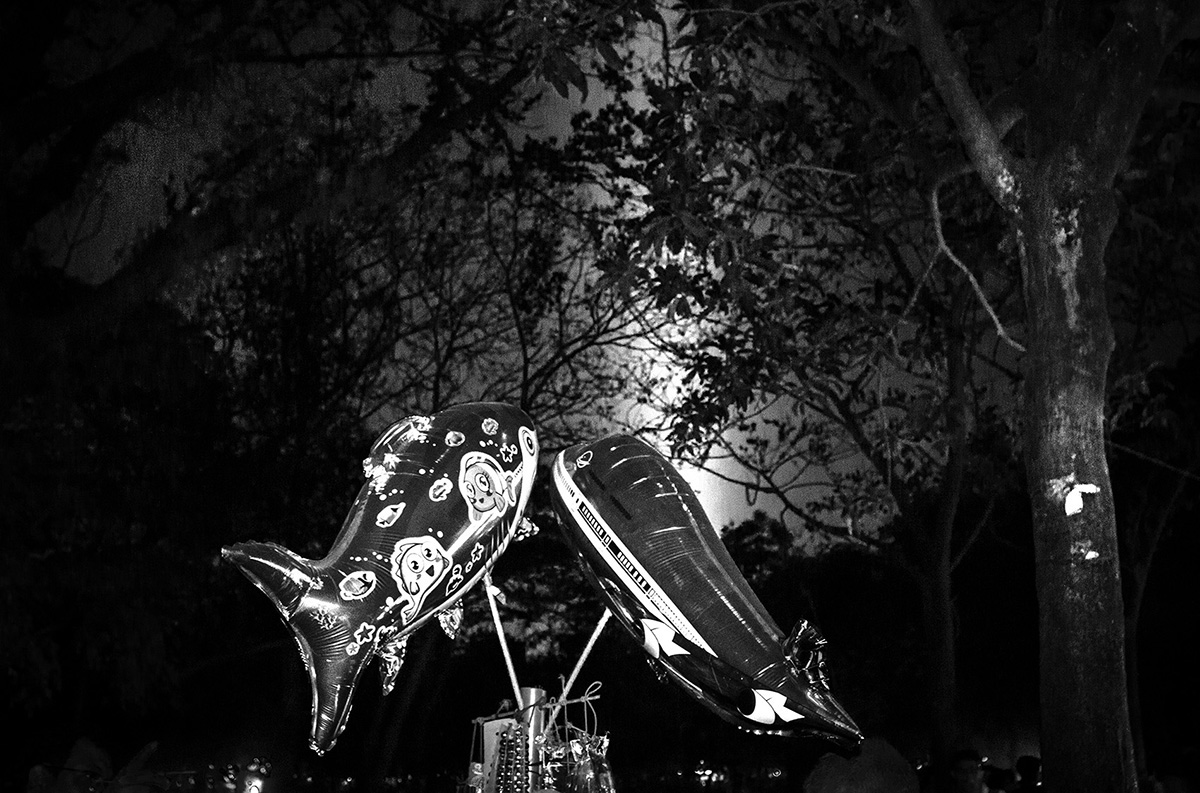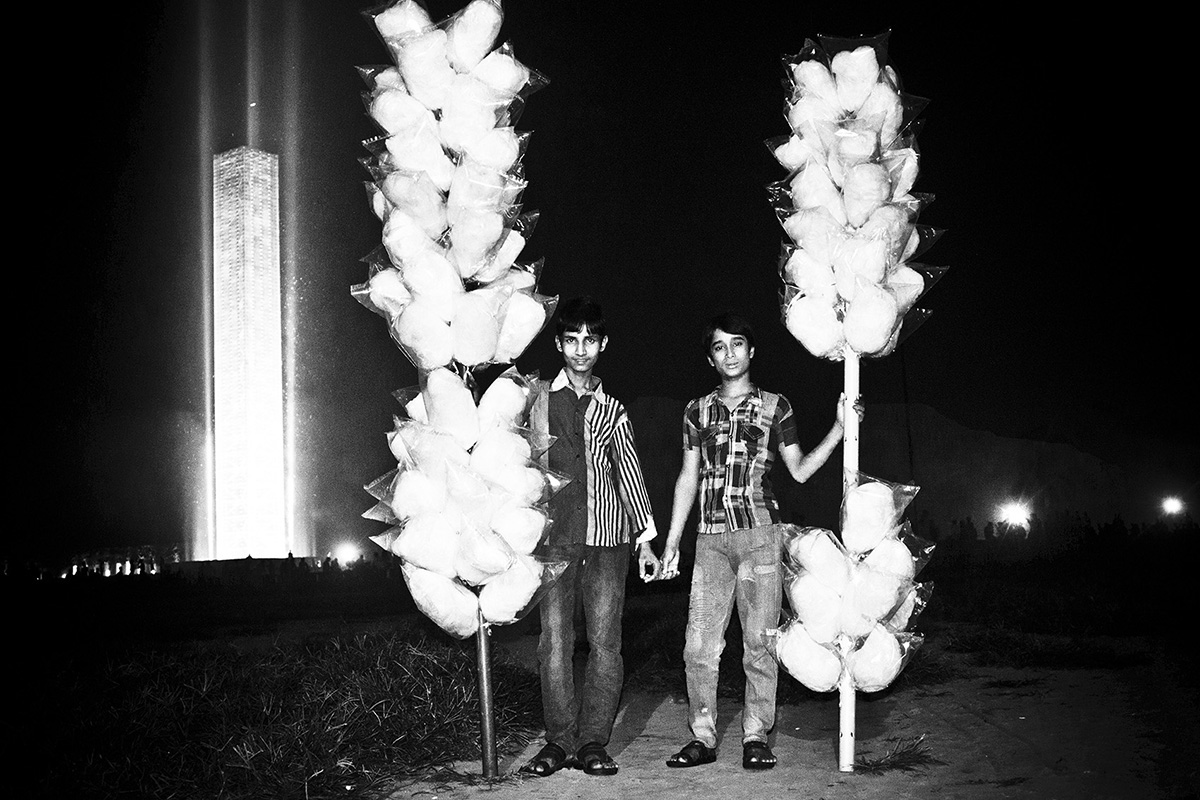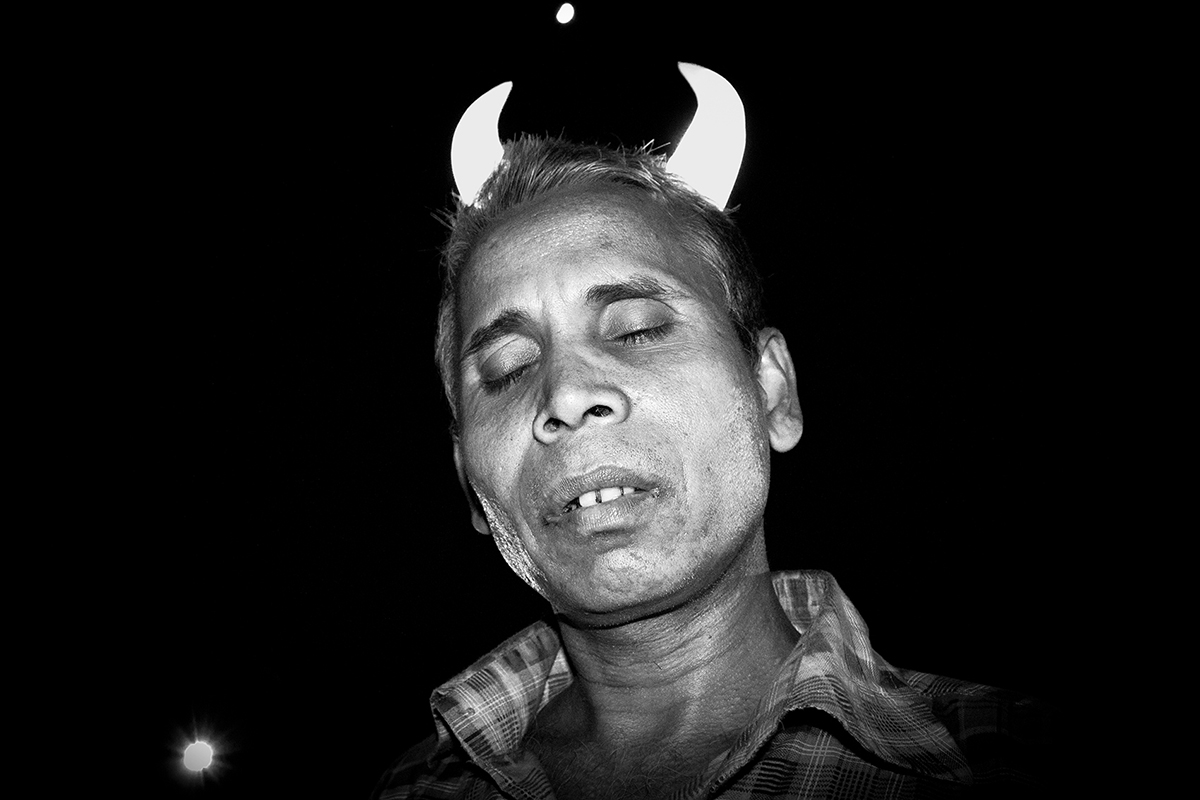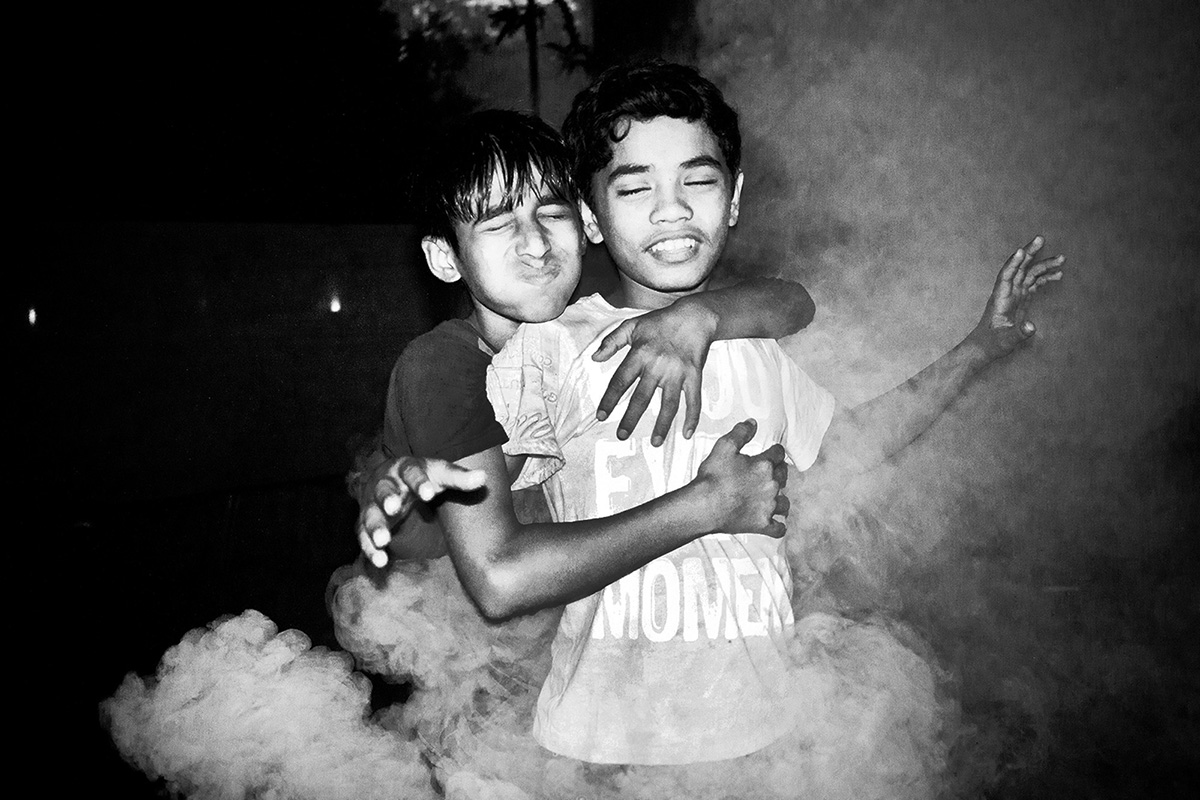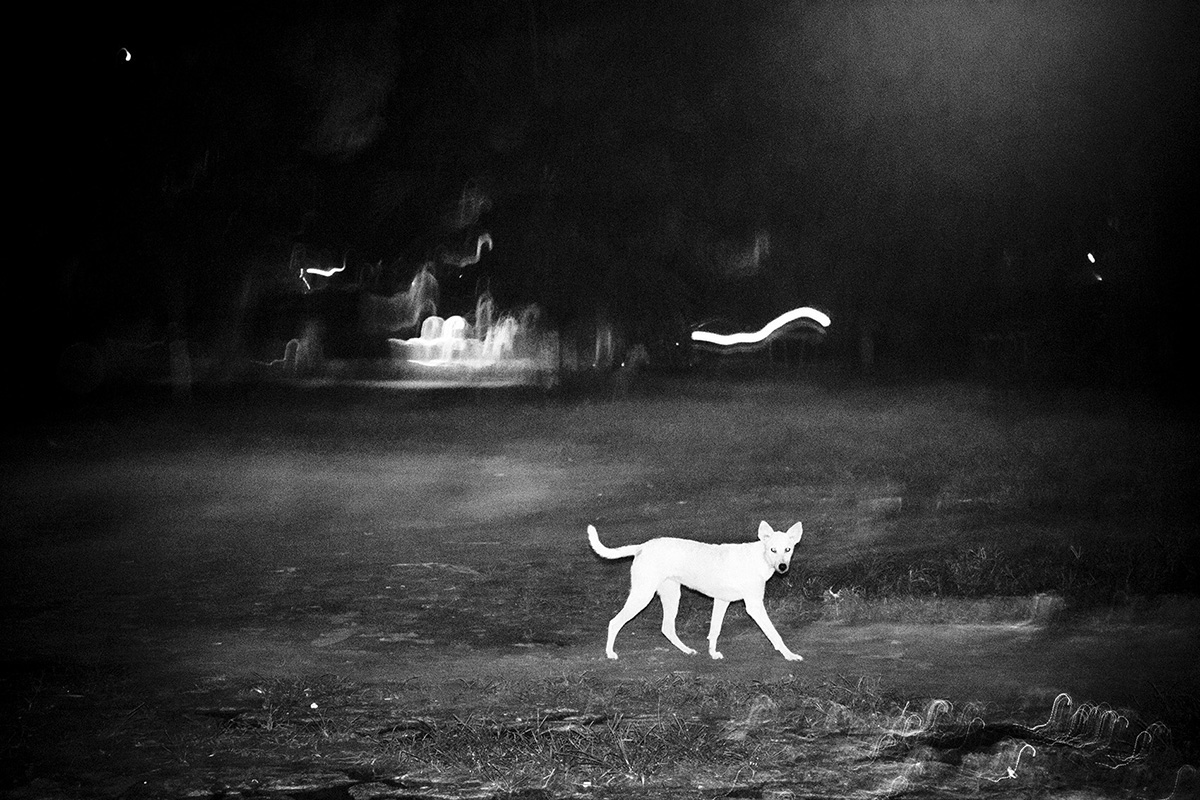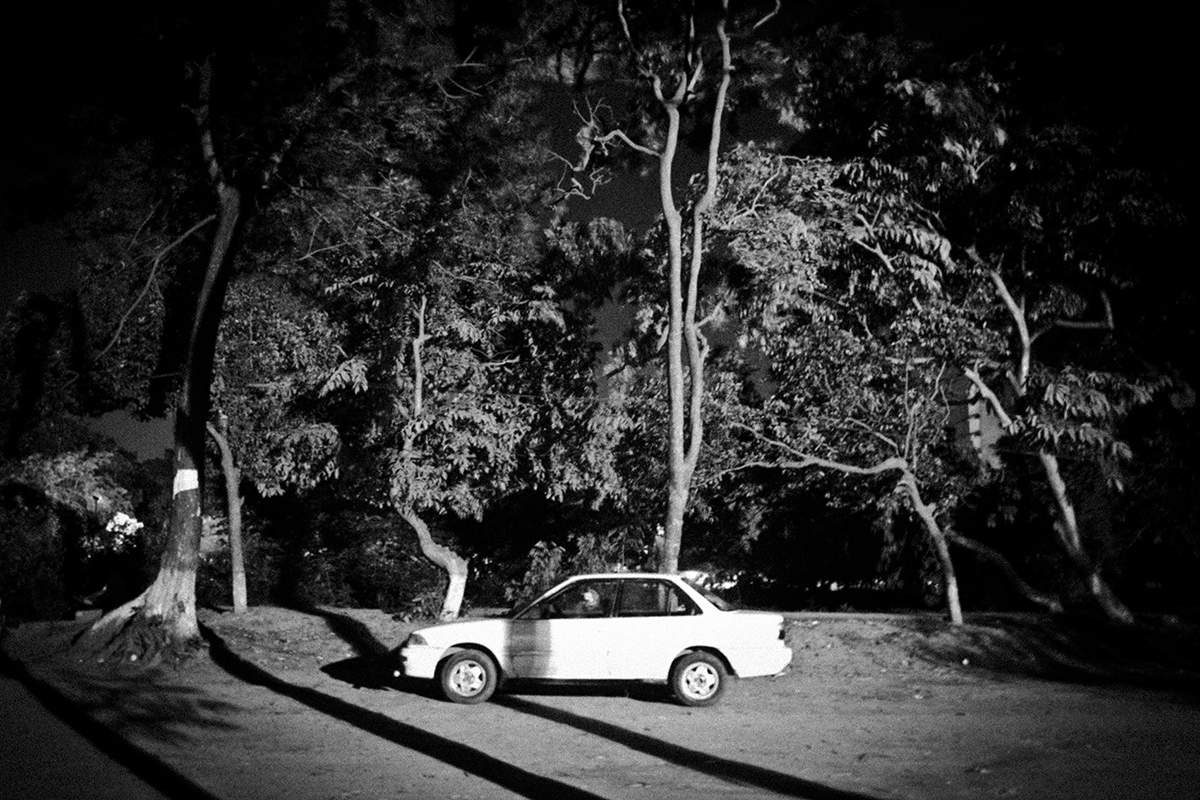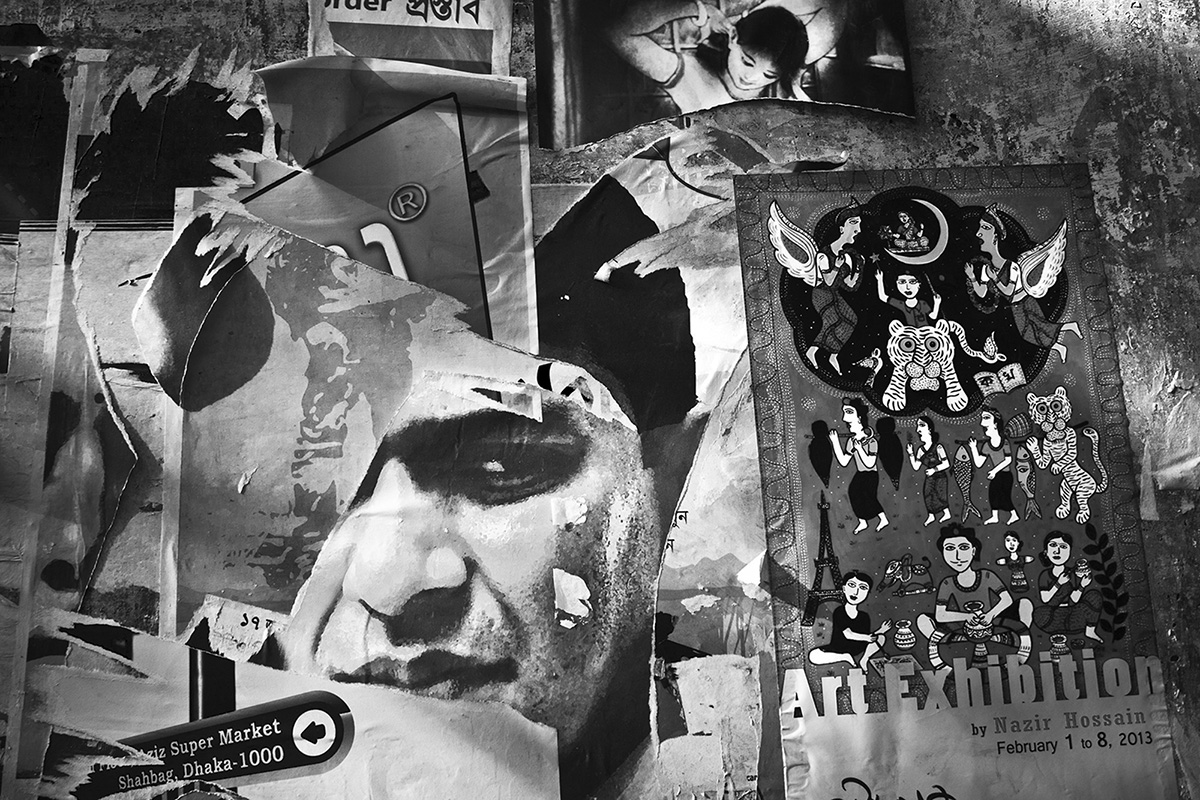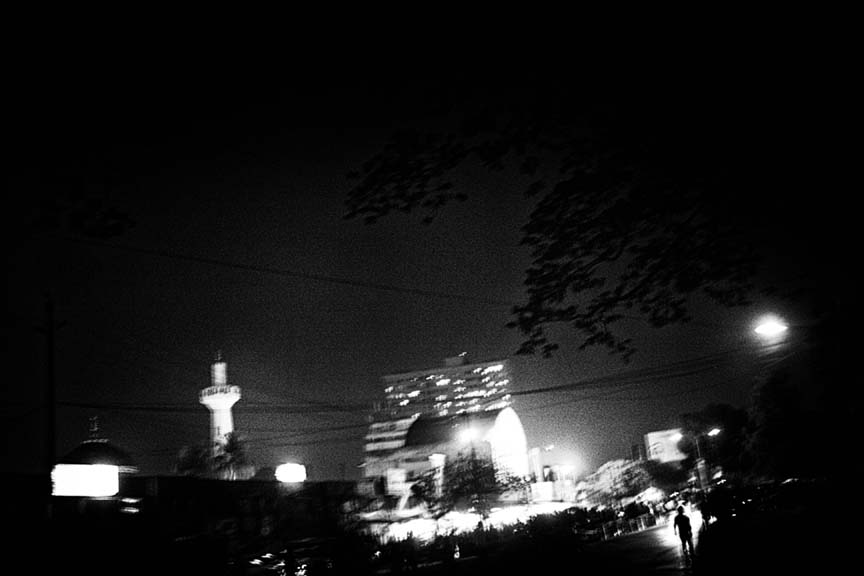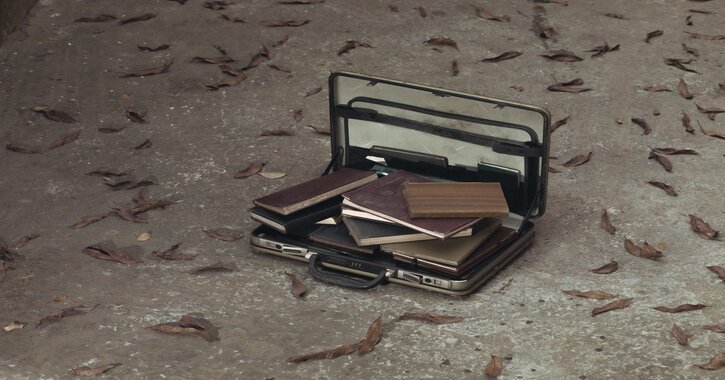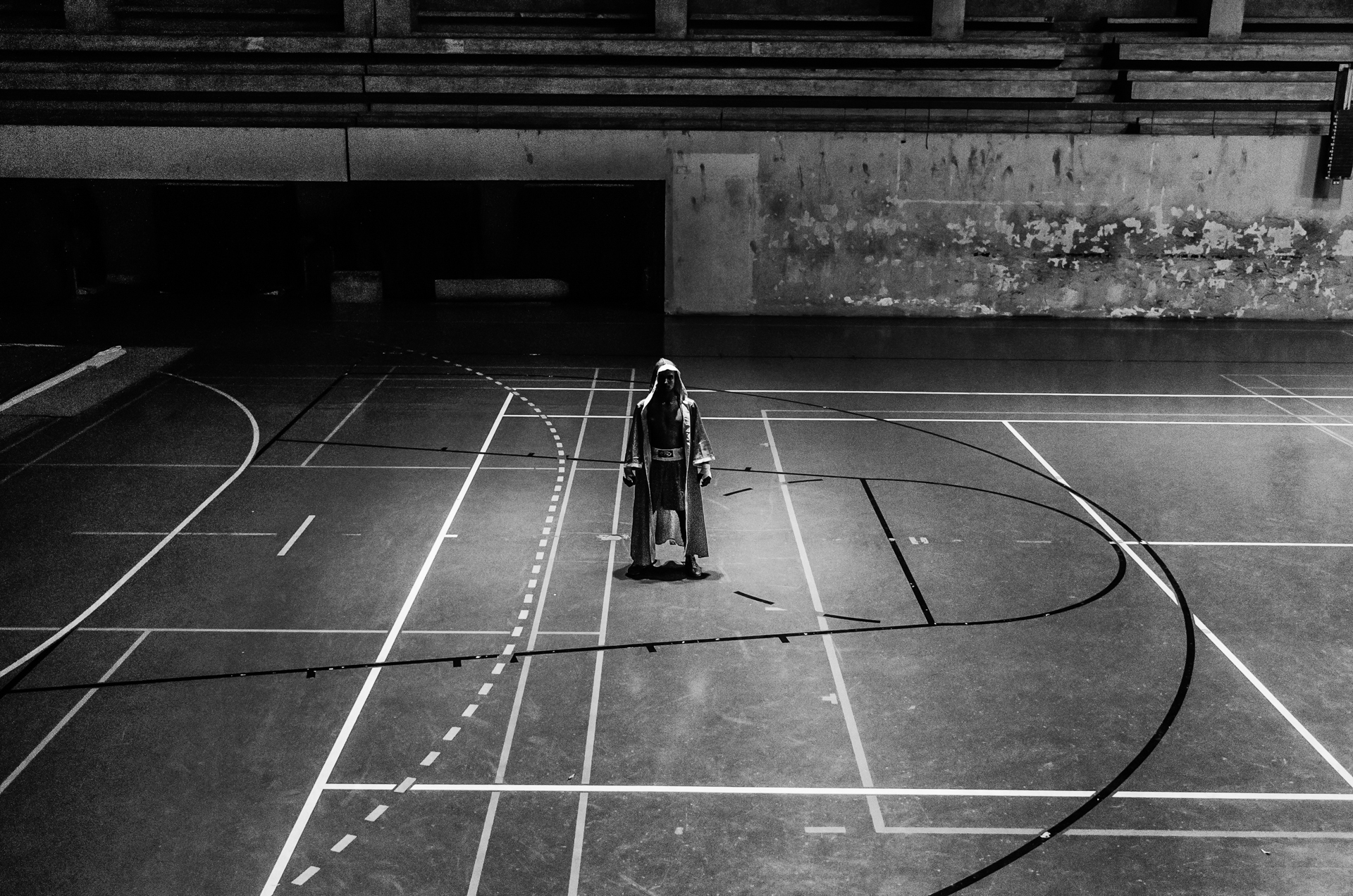Kazi Riasat Alve
Biography:
Kazi Riasat Alve is a Bangladesh-based visual journalist who encompasses his works on documentary photography, photojournalism, and video production. His works focus on issues like human displacement, climate justice, social justice, and counterculture. Kazi Riasat Alve is a business graduate but he pursued photography as he wanted to tell the stories that mattered for telling the stories of human life. He has been working for a wide range of editorial outlets and development agencies as a visual storyteller. He is a freelancer for the New York Times. Apart from that his works have been published in international media outlets such as National Geographic Magazine, Time Lightbox, New Yorker Magazine, Huffington Post, VICE, Guardian, ELLE, Der Spiegel, The Sunday Times, BBC website, Deutsche Welle and many more international media outlets. In 2013 New Yorker Magazine featured Kazi Riasat Alve as one of the young emerging photographers internationally. His development sector clients are the Food and Agriculture Organization of the United Nations (FAO), the Johns Hopkins Center for Communication Programs, Friendship NGO, and Microfinance Opportunities. He also worked for WSUP, Strómme Foundation, Sanitation & Water for All, etc.
Life at Suhrawardi Uddyan
Suhrawardy Uddyan is one of the largest and oldest parks in Bangladesh. It is related to many historical events in the country. These days this park has become more than just an open space for refreshment, it is a sanctuary to many who find themselves abandoned or destitute in the city. The country’s largest university and art college sit on the edge of the park and the open, free space buzzes with the conversations of many artists and intellectuals.
Dhaka has grown into a huge city of more than 20 million, swelled by the arrival of those cities in search of better opportunities. Moreover, season many more people come to Dhaka from the northern part of Bangladesh because of Monga – a seasonal state of joblessness and famine affecting north Bengal. Many Bangladeshis are migrating to big cities like Dhaka from southern states too. They have often lost their home and livelihoods because of the rapid change in climate and agricultural conditions. In the sprawling city, they find what shelter they can on the streets, in railway stations, and in parks like Suhrawardy Uddyan.
In my observation, this is a park which reflects the current vulnerable socio-economic condition of a huge number of people in Bangladesh. They are being effectively abandoned with no support for rehabilitation, or recourse to basic citizen rights let alone social security. An affluent class of Dhaka visits the park everyday but they appear not to care or even acknowledge the people of Suhrawardi Uddyan.
